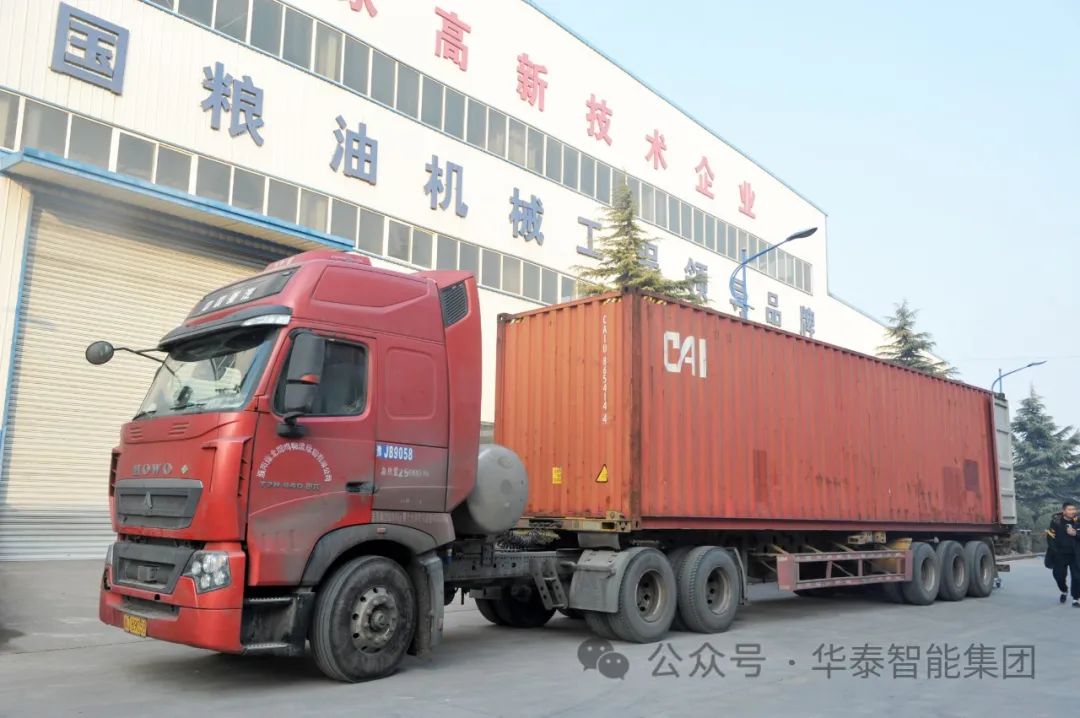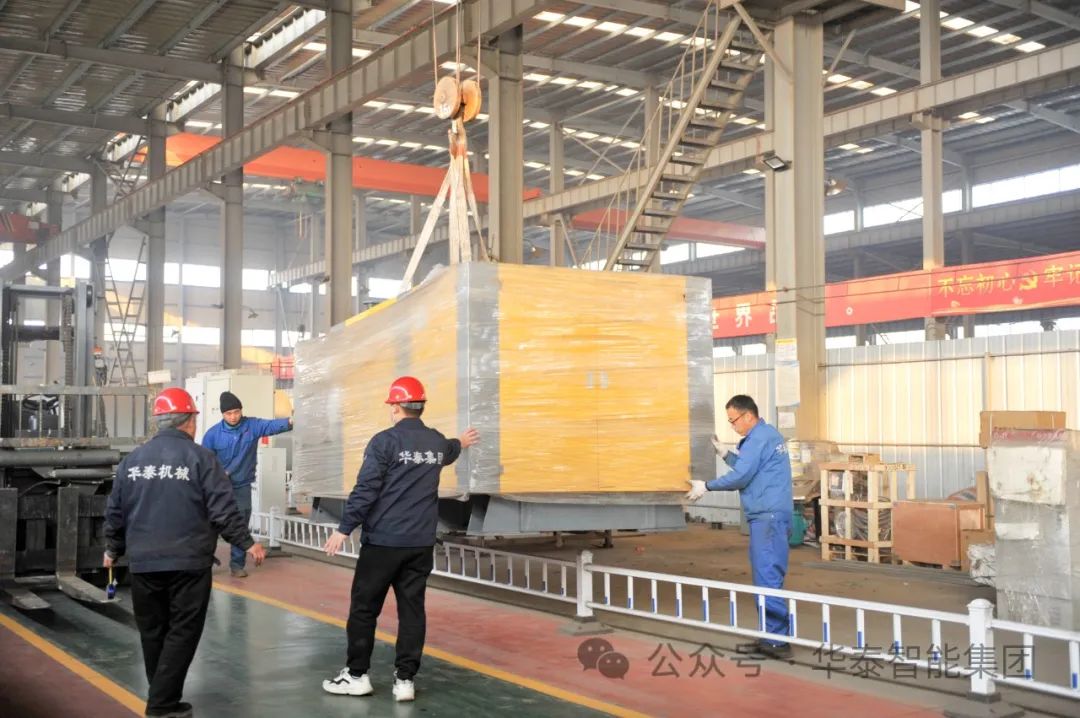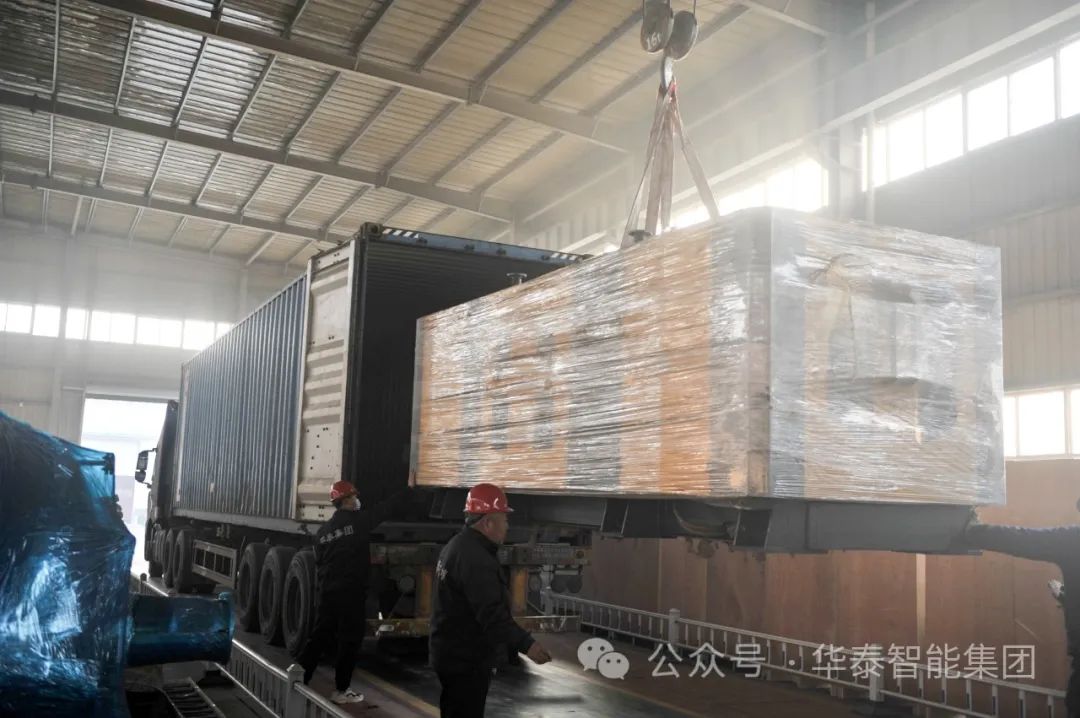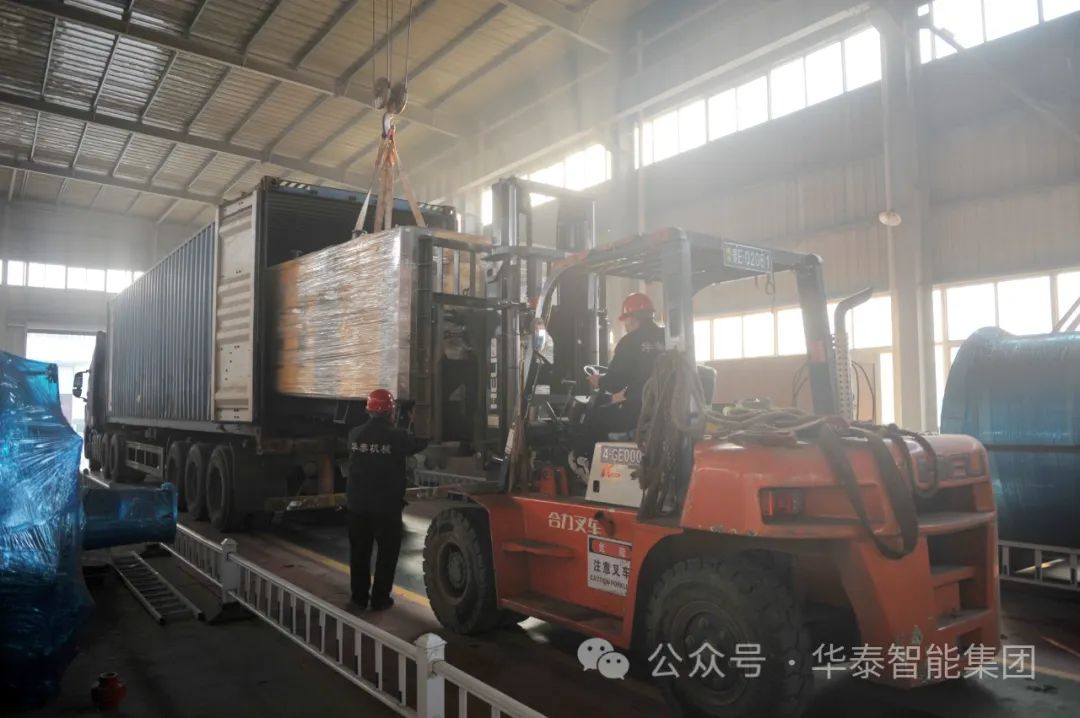On January 5, 2024, the 300TPD pretreatment, 300TPD extraction, and 50TPD refined soybean oil projects contracted by Huatai Group were successively sent to Nigeria.

Soybeans are one of the important food crops in my country, mainly soybeans, which are grown throughout the country. They are a crop rich in protein. The protein content in soybeans is 35% to 40%, and can be processed into various soy products. Brewing soy sauce and extracting protein are also one of the important oil crops in my country.
There are two commonly used soybean oil processing techniques: pressing and leaching. Currently, the leaching process is the most common processing technique for producing soybean oil. The oil content of soybeans is low, about 20%. The pressing method cannot fully extract the oil in soybeans. The residual oil rate in soybean cakes is high, which reduces the oil yield and affects the quality of soybean cakes. The leaching process can fully extract soybean oil, and the residual oil rate can be controlled at about 0.5%, improving the oil yield. The leached soybean meal can also be used in soybean protein extraction, animal feed and other industries.

Which process is better for processing soybean oil?
Which process is better for processing soybean oil needs to be decided based on the market positioning of the oil plant, the size of the oil plant, etc.
Pressed soybean oil adopts a physical pressing process. During the production process, the oil is extracted through physical extrusion without additives. Therefore, the crude oil has high quality, complete color, aroma and taste, retains various nutrients in soybeans, and has a relatively high nutritional value. However, the smoke point of pressed soybean oil is low and the oil yield of pressed soybean oil is not high, so the price is relatively high. However, the pressing process has relatively flexible equipment requirements. Different production line solutions can be configured according to the manufacturer's output, budget, site size, etc., and is suitable for small and medium-sized edible oil processing plants.
Extraction soybean oil uses a solvent to extract grease. During the leaching process, the solvent and soybean oil form a mixed oil, which needs to be recovered through high-temperature evaporation, stripping, and condensation to separate the solvent and grease. Moreover, there are still solvent residues in the crude oil, which requires refining. The conditions are more stringent than those for pressed oil, but the refined crude oil has fewer impurities, higher purity, and a higher smoke point, making it suitable for high-temperature cooking. Moreover, the oil yield of leached soybean oil is high, so the price is relatively low, and the quality of the cake after leaching is good, which can be used in industries such as animal feed or protein extraction and processing.

Because extracted soybean oil uses organic solvents to extract the oil from soybeans, its nutritional value is lower than that of pressed soybean oil. Moreover, the leaching equipment has large output, high efficiency and high degree of automation, which can save production costs and labor costs for oil plants. Therefore, the purchase of equipment is usually a large expense. Leaching is usually a process often chosen by large edible oil processing plants. .
In the complete set of soybean oil leaching production line, the refining equipment is an important equipment to ensure the quality of soybean oil. The role of refined oil equipment in production is as follows:
1. Refining and removing impurities: Although the soybean crude oil obtained by leaching has been desolubilized, there will be slight solvent residues. In addition, mechanical impurities generated during production and the phospholipids, free fatty acids and pollution residues of the oil itself are all required. It is removed through refining equipment to improve quality.
2. Improve color: There are requirements for the color of oil in soybean oil grades. Soybean crude oil needs to remove pigments through refining and decolorization processes to improve the color of soybean oil and obtain soybean oil that has a clear appearance and meets standards.
3. Removal of odor: The beany smell of soybean oil itself is unacceptable to many consumers. In addition, the burnt or white earthy smell formed during production affects the flavor of edible oil, so this part needs to be removed through the deodorization process of refining equipment. The "off-flavor" makes soybean oil palatable to mass consumers.

Soybean oil itself has a beany smell that is unacceptable to many consumers. In addition, the burnt or white earthy smell formed during production affects the flavor of edible oil. Therefore, it is necessary to remove this part of the "odor" through the deodorization process of refining equipment to make soybean oil Can meet the taste of mass consumers.
When purchasing suitable leaching equipment, it is crucial to pay attention to the manufacturer. The manufacturer is strong and the equipment is guaranteed, which allows users to feel more confident in production. Interested users can visit the factory to inspect and purchase.
 Language
Language








